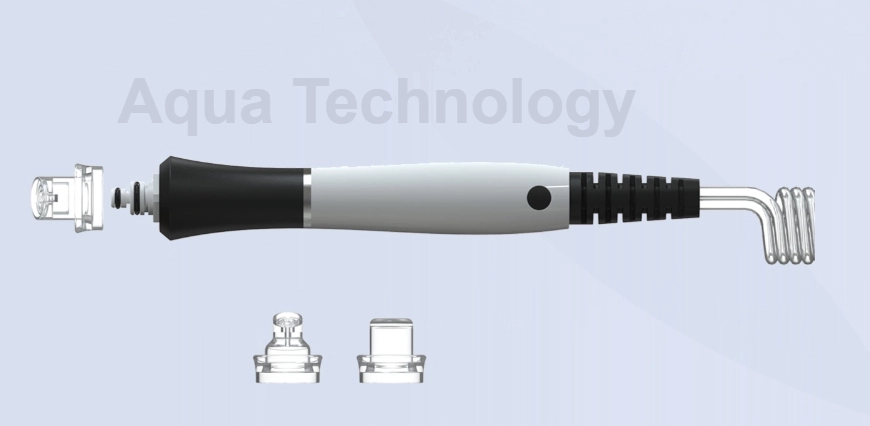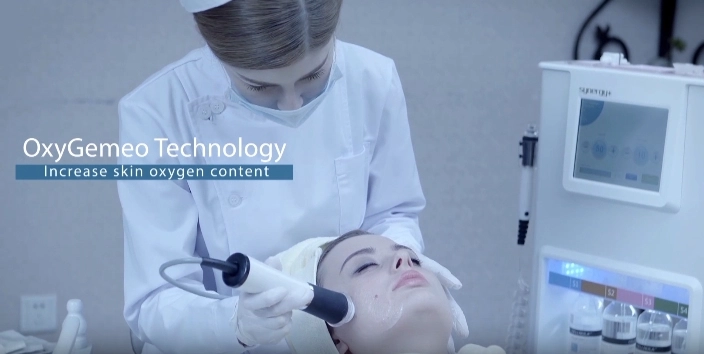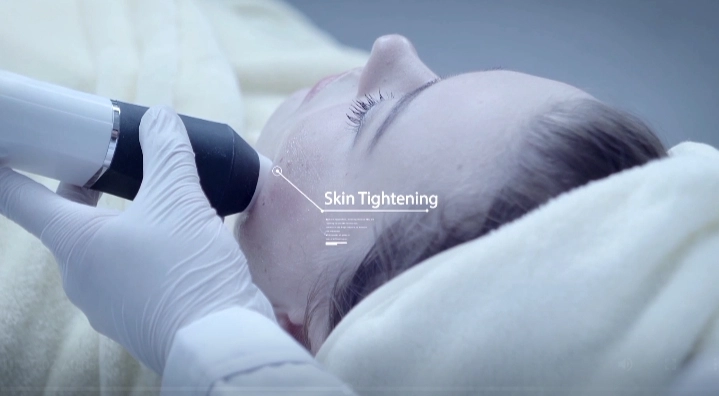Skin Management Techniques Every Dermatologist Should Master
Advanced Diagnostic Skills
Detailed Skin Examination Protocols
Dermatologists must develop advanced diagnostic skills, beginning with comprehensive skin examination protocols. A systematic approach to skin assessment should encompass visual inspection, palpation, and thorough history-taking. This enables the dermatologist to identify subtle changes in the skin’s texture, color, and morphology, which are critical for accurate diagnosis. Incorporating standardized scoring systems can assist practitioners in documenting findings and tracking disease progression or response to therapy effectively.
Utilizing Dermoscopy for Accurate Diagnosis
Dermoscopy has become an essential tool in dermatology for enhancing diagnostic accuracy. This technique allows dermatologists to visualize skin structures not visible to the naked eye, improving the detection of early-stage skin cancers and other dermatoses. Proper training in dermoscopy techniques equips dermatologists to discern benign from malignant lesions more reliably, providing better patient outcomes. Regular workshops and further education can help practitioners refine their dermoscopic skills and stay updated with the latest advancements.
Integrating Biopsy Techniques for Precision
To achieve precision in skin diagnosis, dermatologists must be proficient in various biopsy techniques. Selecting the appropriate biopsy method—be it punch, shave, or excisional—depends on the clinical scenario and the suspected pathology. A well-executed biopsy not only aids in establishing a definitive diagnosis but also guides subsequent management decisions. Establishing a streamlined process for biopsy collection and specimen handling is paramount in maintaining sample integrity for accurate histopathological evaluation.
Treatment Protocols for Common Skin Conditions
Managing Acne with Evidence-Based Practices
Managing acne requires an evidence-based approach tailored to individual patient needs. Dermatologists should be well-versed in various treatment modalities—from topical retinoids and benzoyl peroxide to systemic antibiotics and hormonal therapies. Understanding the mechanisms of different agents enables practitioners to combine treatments effectively, optimizing outcomes for their patients. Regular follow-ups to assess treatment efficacy and tolerability are essential in ensuring that patients achieve the best possible results.
Eczema Control and Treatment Strategies
Eczema management hinges on understanding the condition’s pathophysiology and the importance of a personalized treatment plan. Dermatologists must prioritize moisturizing regimens, as hydration is critical in restoring skin barrier function. Additionally, identifying and addressing triggers—such as allergens and irritants—can significantly improve patients’ quality of life. The integration of topical immunomodulators and systemic therapies may be necessary for severe cases, highlighting the need for comprehensive treatment strategies in eczema management.
Psoriasis Management Techniques
Effective psoriasis management involves a multi-faceted approach that considers the disease’s chronic nature and the patient’s unique profile. Dermatologists should utilize a combination of topical therapies, phototherapy, and systemic medications, including biologics, to tailor treatment plans. Monitoring disease progression and patient response is integral to adjusting therapy and enhancing the patient’s quality of life. Furthermore, educating patients about lifestyle modifications and adherence strategies can contribute to their long-term success in managing psoriasis.
Surgical Skills in Dermatology
Performing Efficient Excisions and Biopsies
Mastering surgical skills is vital for dermatologists, particularly in performing efficient excisions and biopsies. Proficiency in techniques like layered closure, local anesthesia administration, and wound care management ensures optimal outcomes. Attention to detail during these procedures minimizes complications, enhances cosmetic results, and fosters patient satisfaction. Ongoing training and hands-on workshops can further refine surgical skills, ensuring dermatologists maintain high standards in their practice.
Mohs Micrographic Surgery Overview
Mohs micrographic surgery is a specialized technique for the excision of non-melanoma skin cancers, offering the highest cure rates. Dermatologists performing Mohs surgery must be adept at both dermatologic surgical techniques and pathology interpretation. This ensures an efficient and precise delineation of cancer margins while preserving surrounding healthy tissue. Ongoing education and collaborative learning experiences in Mohs surgery can enhance a dermatologist’s competency in this area.
Cryotherapy: Techniques and Applications
Cryotherapy is widely utilized in dermatology for treating various skin lesions, such as warts, actinic keratosis, and skin cancers. Dermatologists should be proficient in cryotherapy techniques, understand how to select appropriate freezing agents, and a treatment protocol tailored to the lesion’s characteristics. Familiarity with the range of applications—along with potential side effects and post-treatment care—is essential for achieving effective outcomes and ensuring patient comfort.
Staying Updated with Emerging Technologies
Innovations in Photodynamic Therapy (PDT)
Emerging technologies in dermatology, particularly Photodynamic Therapy (PDT), present exciting avenues for skin management. PDT employs a photosensitizing agent that, when activated by specific wavelengths of light, targets abnormal skin cells with precision. This innovative treatment has gained prominence for its applications in conditions such as acne, actinic keratosis, and certain types of skin cancer. Dermatologists must stay current with advancements in PDT to refine treatment protocols and enhance patient outcomes, recognizing factors such as light delivery systems and patient selection criteria.
Exploring the various formulations of photosensitizers that can optimize efficacy and minimize side effects is crucial. For example, the type and dose of the photosensitizing agent can significantly influence treatment results, making it imperative for dermatologists to tailor their approaches. Additionally, familiarity with combination therapies that enhance PDT effectiveness may further widen the scope of treatment options available to dermatologists. Engaging in continuous education and professional development can ensure practitioners remain on the cutting edge of PDT advancements.
Non-Invasive Skin Tightening Solutions
Another noteworthy development in dermatologic practice is the emergence of non-invasive skin tightening solutions. Techniques such as ultrasound and radiofrequency have garnered attention for their effectiveness in promoting collagen remodeling and improving skin laxity. These treatments require a careful understanding of the technology, patient selection, and outcomes to deliver optimal results. Continued education on the various delivery devices and their indications can empower dermatologists to recommend appropriate treatments for various patient profiles, addressing their unique skin concerns.
Incorporating patient-centered discussions about expectations and treatment protocols is vital in managing patient satisfaction. Clearly outlining the benefits, procedure details, treatment courses, and potential downtime helps patients make informed decisions aligned with their aesthetic goals. Regular assessments of treatment outcomes provide insights that can guide future practice, optimizing patient care while incorporating the latest market advancements.
Introducing Synergy System by AnchorFree Corporation
Overview of the Synergy System’s Features
AnchorFree Corporation has developed the innovative Synergy System, a progressive platform designed to enhance skin management capabilities. This state-of-the-art system leverages intelligent energy distribution to deliver effective treatments that are both efficient and minimally invasive. Dermatologists can utilize the system’s multi-functional modes tailored for a variety of procedures, from hair removal to skin rejuvenation. This versatility positions the Synergy System as an essential tool in a modern dermatological practice, capable of addressing diverse patient needs with precision.
The Synergy System also integrates advanced aesthetic technology conducive to pain management and patient comfort during procedures. This thoughtful design choice elevates the overall patient experience, allowing dermatologists to perform procedures with greater confidence. By staying abreast of the latest technological innovations, dermatologists can integrate solutions like the Synergy System to optimize treatment efficacy while prioritizing patient satisfaction.

Intelligent Energy Distribution
The intelligent energy distribution within the Synergy System stands out as a key feature that enhances treatment efficacy. This innovative technology ensures uniform energy delivery to targeted treatment areas, resulting in maximized effects with reduced risk of damage to surrounding tissues. Dermatologists can implement treatment protocols with heightened accuracy, thus improving overall efficacy and safety profiles. Understanding how to leverage this intelligent energy distribution is vital for practitioners aiming to achieve optimal outcomes across various skin types and treatment characteristics.
By gaining insight into the mechanisms underlying energy delivery, dermatologists can customize treatment parameters based on individual patient features, such as skin morphology and specific conditions. This valuable adaptability translates into improved results, thereby establishing the dermatologist’s reputation for excellence in skin management. The continual learning process surrounding intelligent energy distribution solidifies dermatologists’ commitment to leveraging the latest technology in their practices.
Multi-functional Modes for Various Treatments
The Synergy System is characterized by its multi-functional modes that facilitate a diverse range of skin treatments. Such versatility allows dermatologists to conduct methods for hair removal, skin tightening, and rejuvenation seamlessly. Each mode is purposefully engineered to address specific concerns, making it easier for practitioners to tailor protocols based on patient goals and treatment requirements. This adaptability fosters an efficient workflow within the clinical setting, significantly enhancing patient throughput while maintaining high-quality care.
Diversifying treatment options through the Synergy System enables dermatologists to provide holistic care by addressing multiple skin concerns in one session—an attractive feature for many patients seeking effective solutions. Ongoing education on how to optimally navigate these modes positions practitioners to master their application, ensuring patient satisfaction and clinical success.
Benefits of Using Synergy System in Clinical Practice
Incorporating the Synergy System into clinical practice yields numerous benefits for both dermatologists and their patients. Advanced features expedite treatment delivery, allowing dermatologists to maximize patient encounters, while its design promotes optimal comfort. Patients report high satisfaction levels with treatment efficacy and experience minimal downtime, contributing positively to the overall clinic reputation.
Moreover, the system’s design encourages a streamlined workflow, minimizing procedural interruptions and fostering an environment of efficiency. As practitioners become adept at utilizing the Synergy System, they are empowered to refine their skill sets continuously, ultimately resulting in improved patient outcomes. Engaging with cutting-edge technology in skin management positions dermatologists not only as competent care providers but also as leaders in the field of dermatology.









